

Anthony Crawford
1990 Lamborghini Countach review
5 Days Ago
What if Lancia launched a successor to its Group B mid-engined hot hatch from the ‘80s as a halo model?

Design Contributor
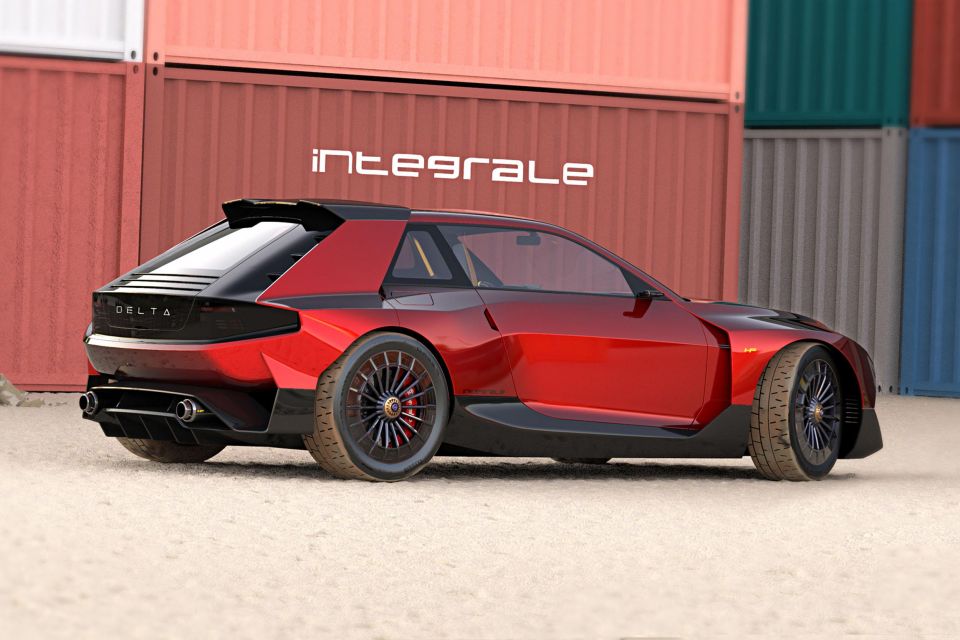

Design Contributor
Sebastiano Ciarcià is an Italian automotive designer currently based in Gothenburg, Sweden.
He is an IAAD graduate, and in his career he has worked for Alfa Romeo, Fiat, and Rimac Automobili.

This Delta concept car is an homage to the Giugiaro-designed Lancia Delta (1979-1994) and all of its derivatives, especially the flagship Delta S4 Stradale (1985).
This limited production homologation special was the street-legal version of the Group B rally car, and had nothing in common with the mass-produced Delta. The spaceframe chassis was dressed in a redesigned body while a mid-mounted 184kW 1.8-litre turbocharged engine worked together with a rally-spec all-wheel-drive system.
Sebastiano Ciarcià’s goal was to reinvent the lines of Lancia’s C-Segment model, taking inspiration from both the S4 Stradale (1985) and the HF Integrale Evoluzione (1991).
“As a proud Italian car enthusiast, I am truly disappointed regarding what Lancia has become. For me, the Delta has always been an iconic and ‘untouchable’ car, something like a Holy Grail that you can’t replace.
“However, at the same time, I didn’t want to accept reality and decided to create a worthy successor for it,” said Sebastiano.
Today, Lancia exists as a member of the Fiat Chrysler Automobiles, but it’s only a ghost of its former shelf with a single model range consisting of the Ypsilon, exclusively available in Italy.
Even though many years have passed since the brand’s domination in rallying with the Fulvia, Stratos, 037, and Delta, it still has a large group of loyal followers longing for redemption.
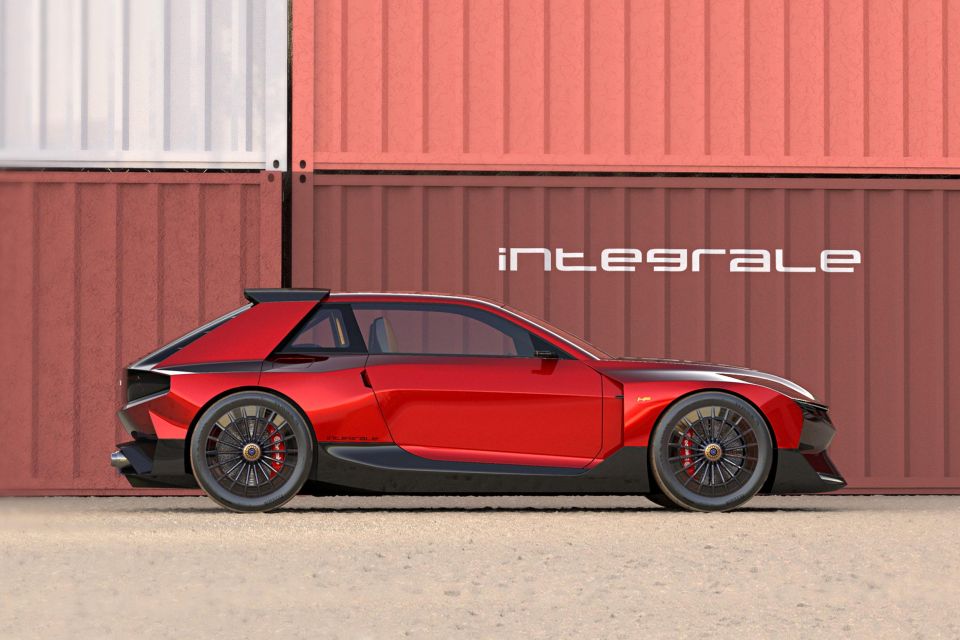
The proportions of the modern Delta are very similar to the original S4 Stradale, retaining the three-door hatchback silhouette with a more sculpted body.
On the profile, the boxy fenders are a lot more pronounced, with wide shoulders, sharp lines and integrated openings. The large diameter multi-spoke wheels with aerodynamic covers emphasise the low height of the car in combination with the aggressive carbon-fibre bumper extensions and side-sills.
The window line is also very similar to the S4, although the windshield is more heavily inclined and the beltline sits higher.
The characteristic C-pillar is a very strong design element, dictating the angle of the rear windshield, while incorporating the side air intakes, an additional roof intake and the must-have roof spoiler with two wings.


At the front, the double circular headlight units of the Delta are gone, giving their place to horizontal LED units. Those look like an extension of the slim grille, while a part of them is hidden inside the upper air-intakes.
The front bumper is heavily sculpted, merging sharp lines with soft curves. It has an integrated splitter, a small central intake and two side intakes for brake cooling.
The lack of a large grille is a testament to form-follows-function, as the car is mid-engined. The long bonnet has strong dynamic lines surrounding the small part that opens up, possibly to reveal a luggage compartment.
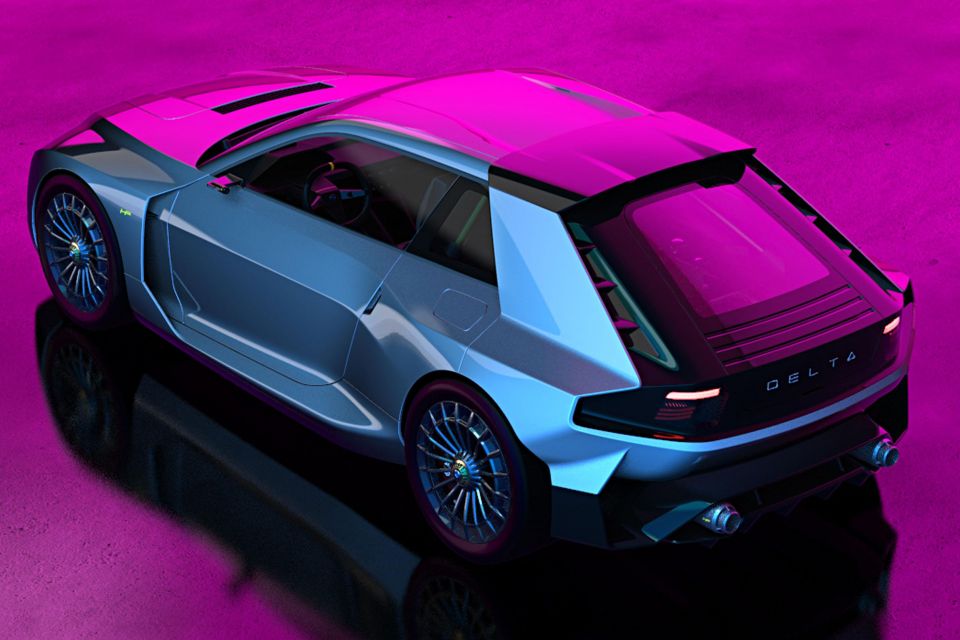


The rear end is probably the strongest view of Sebastiano’s concept car, with a clever approach that manages to grasp the essence of the brutal lines of the original without copying them.
A glossy black panel covers the largest portion of the tail, framed by the sharp lines of the bodywork. It incorporates the narrow rear windshield which also works as a transparent cover for the mid-mounted engine, grilles and side openings for thermal management, as well as the LED taillights that remain partly invisible when not in use.
Between them we find the Delta lettering on the beautifully curved panel, and on each side there are two more openings created by the flared wheel arches.
The rear bumper is inspired by the Delta ECV1 (1986) Group S project. It features fins following the lines of the C-pillar, and leaving part of the rear tires uncovered while framing two large inlets. In the middle is a two-storey carbon-fibre splitter with dual round tailpipes and aerodynamic fins.
Sebastiano didn’t publish renderings of the interior (he told us that this project is still under development). However, we can tell that the cabin is two-seater with the engine and a roll-cage at the back.
We also expect it to have lots of leather and Alcantara upholstery like the original, and maybe a few touches of carbon fibre.

The Lancia Delta revival is a great example of retro done right. Without being a copy of the S4 Stradale, it is a modern reinterpretation of the lines, proportions and untamed character of the Group B homologation special.
It is also instantly recognisable as a Lancia, proposing some new bits for its design language. While it could benefit from a few improvements and surface refinement – especially in the front – this concept is worthy of the Delta name and would possibly draw the interest of collectors and purists.
A modern limited production internal-combustion hyper hatch bearing the Lancia emblem would be a great way for the brand to make a comeback in the hearts of automotive enthusiasts.
After decades-long absence from motorsport and sports car manufacturing, Lancia’s image would benefit from an intriguing and performance-oriented halo model.
However, given the current circumstances in the automotive world, if Lancia wanted to expand its single car range, it would only make sense to do that with a premium B-SUV based on a shared platform from the Stellantis (FCA/PSA) parts bin.
That is the only viable solution for securing its future and it actually sounds compatible with the premium strategy of the brand in the ’90s and ’00s. Whatever happens, we hope to witness Lancia’s return in the game. Who knows, maybe it will allow its designers to create future concept cars like this.
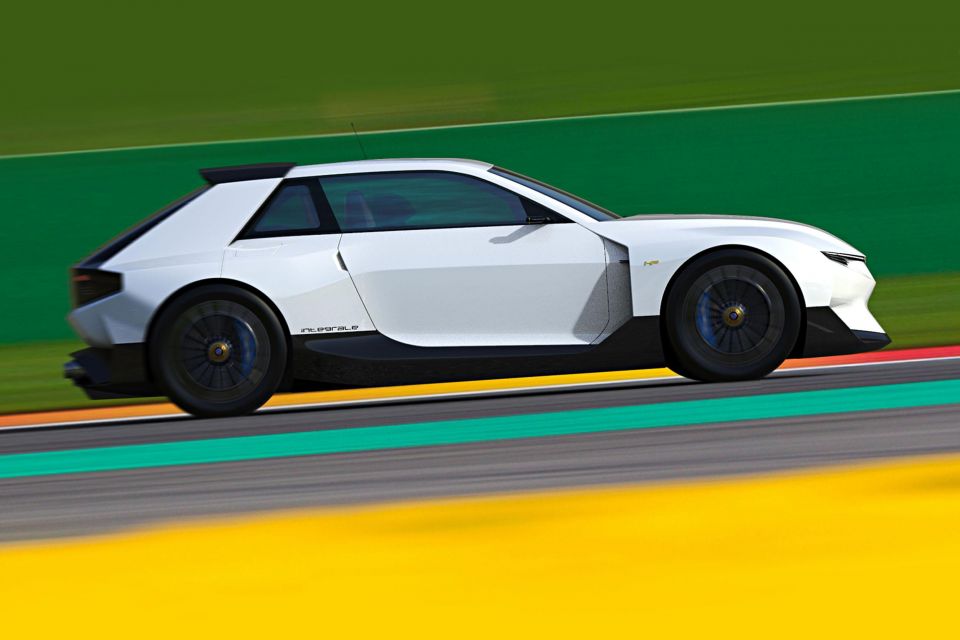

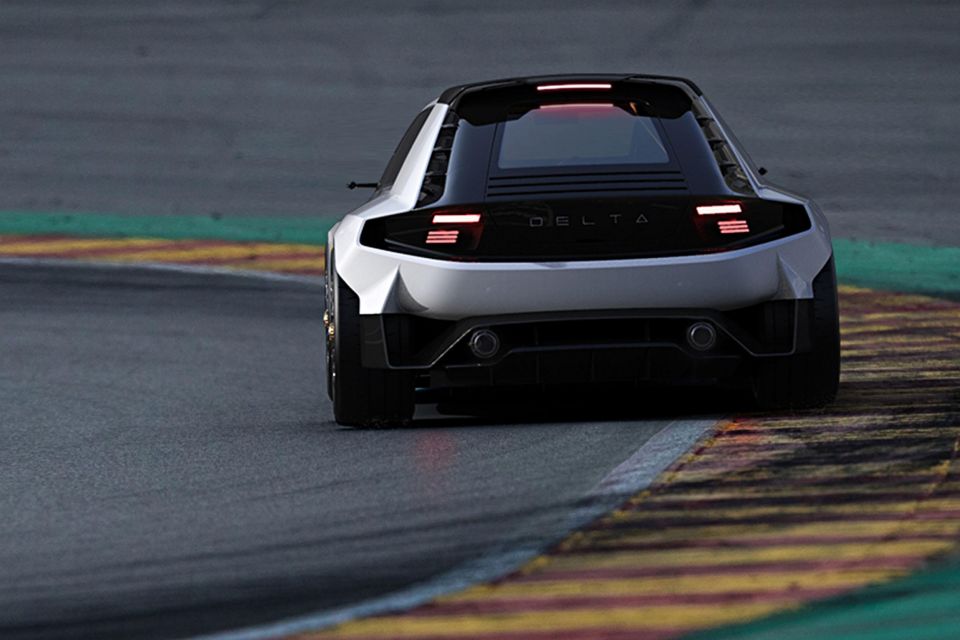
If you liked the Lancia Delta you can find more of Sebastiano’s work on his Instagram or Behance profiles.
Disclaimer: The Lancia Delta was independently designed by Sebastiano Ciarcià for show purposes as a free-time project, and is not associated with FCA Group.


Anthony Crawford
5 Days Ago


Matt Campbell
4 Days Ago


James Wong
3 Days Ago


Max Davies
2 Days Ago


Josh Nevett
17 Hours Ago


William Stopford
14 Hours Ago